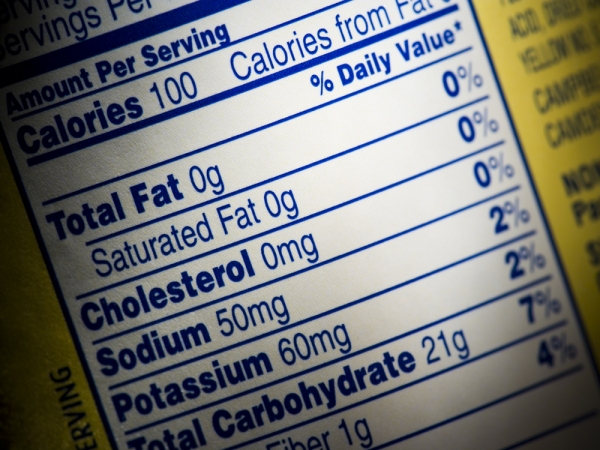If something has stayed the same for 20 years, it’s usually either a sign of a tradition holding fast, or an indication that it’s time for a change. Change is in the air at the Food and Drug Administration (FDA) which has plans to overhaul its 20-year-old design of food labels.
According to the FDA, the new design is headed down the path of final approval. “The agency is working toward publishing proposed rules to update the nutrition facts label and serving size information to improve consumer understanding and use of nutrition information on food labels,” Juli Putnam, a media spokesperson for the FDA, told TIME magazine.
Many consumers and nutrition experts are saying it’s about time the labels are updated. Michael Taylor, the FDA’s deputy commissioner for foods told ABC News that, 20 years ago, “there was a big focus on fat, and fat undifferentiated. The food environment has changed and our dietary guidance has changed. It’s important to keep this updated so what is iconic doesn’t become a relic.”
The last notable change to food labels was the separation of trans fats from all fats in 2006, due to consumer demand.
A study conducted by the U.S. Department of Agriculture showed 42 percent of working-age adults between 29 and 68 looked at food labels a majority of the time when shopping. Adults over the age of 68 are even more likely to look at the labels.
Though not much is known about the proposed changes to food labels, food experts are calling for a more prominently displayed number of calories, as well as the amount of added sugar and percentage of whole wheat in the food. The FDA has also suggested it may remove the “calories from fat” listing.
Another popular idea is changing the units used for nutrient amounts. Currently, they are listed in grams, a unit of the metric system that people aren’t immediately familiar with.
When it comes to serving size, health experts hope the new labels will be a little clearer. For example, single-size serving packages like small bags of chips that are obviously intended to be eaten in one sitting will be marked as containing two or three servings. The FDA has said that it may add another column to the nutrition labels listing information per serving as well as per container.
Whatever the changes to food labels may be, we’re excited that they’re happening. It’s about time labels are easier for consumers to understand. We also think it’s great the FDA wants to change the labels to reflect what consumers care about today, instead of what was popular 20 years ago.
Also Read:
Food Label Glossary Decodes Package Marketing
Gluten-Free Labels Now Standardized for the First Time by the FDA

